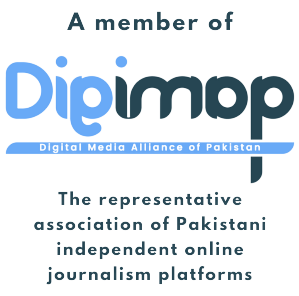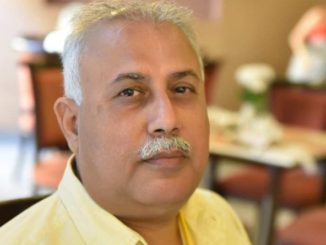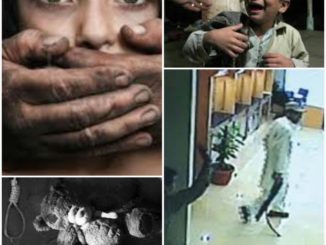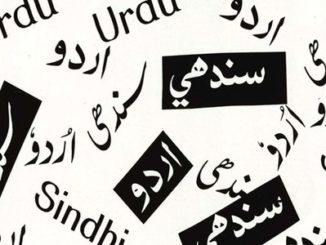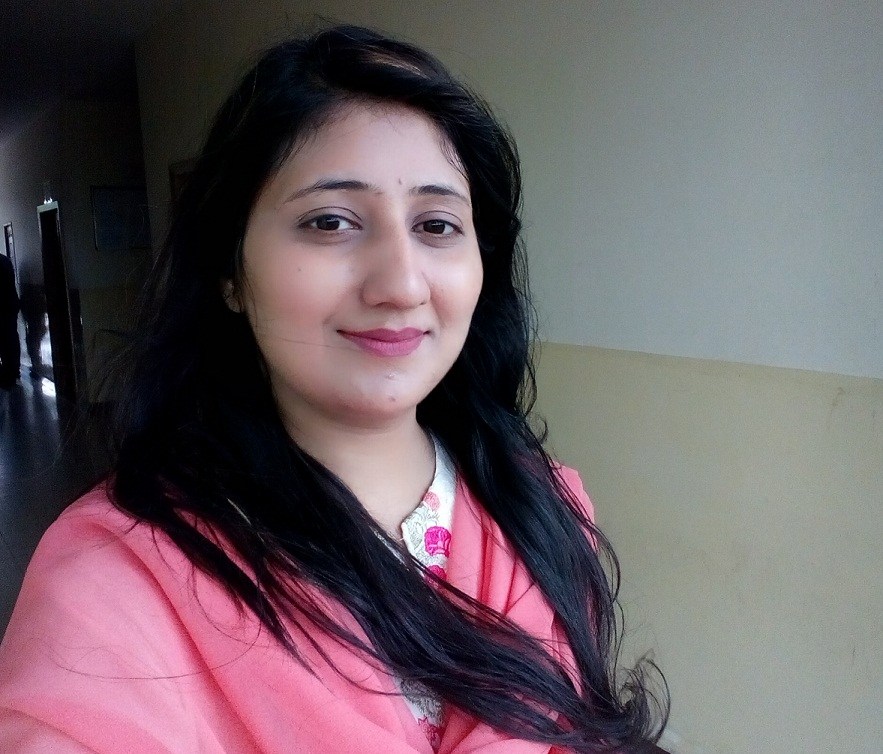
Shazia Dar
Language is not only a means of communication. It also reflects our culture and identity. Language is a guide to social reality and plays a vital role in building a nation and shaping an individual’s as well as national identity “as language practices are socially and practically embedded” (Heller, 2007: p.1). There is a dialectical relationship between identities, language and culture: identities shape language and culture and are also shaped by them. In the contemporary times of multilingualism and multiculturalism we come across a new phenomenon of hybrid cultures, i.e., mixing of two cultures due to colonisation, migration and trade, etc.
Pakistan is multilingual and diverse country with more than 70 languages including Urdu (being the national language of Pakistan), English (second language) and regional languages. Urdu is a key symbol of our identity as Pakistani. The mixing of English in the national and regional languages is one of the dimensions of spread of English in Pakistan. The gradual dominance of English in the spheres of supposedly socially prestigious and official matters and adaptation of English culture in our cuisine and clothings could be a serious challenge our native identity, language and culture.
English is widely used language in the world of academia all over the world. For this reason the past few years have witnessed an increase in teaching through English at all levels in Pakistan. Most of the educational institutions are essentially bilingual because the influence of the local languages could be seen in the interaction between teachers and students. Moreover the teachers and students are bilingual in a way they code switch from English to Urdu in the natural flow of classroom discourse. English vocabulary is frequently mixed in Urdu, the National Language of Pakistan. The tendency of mixing English words in the vernacular is not only limited to spoken discourse but are also seen in the written data as well. The policy of many public and private institutions demands to use only English language as a medium of teaching. This practice is more visible in the classrooms where English is taught as a Second Language.
In our daily routines too, we come across the people who prefer to speak English rather than Urdu even that many of them cannot speak English well. Most of our youth like to eat Pizza rather than daal chawal, love to wear jeans than putting on shalwar qameez. In fact, it may not be inappropriate to say that English is the mode of speaking among the elite class in Pakistan. By these means we are getting far away from our national and cultural values and norms. In this scenario, the policy makers ignore the fact that our national identity is facing some of the serious threat. But the identity is such a petty matter that the rulers give it a damn because they are busy in the blame game and enjoying the benefits of this game.

